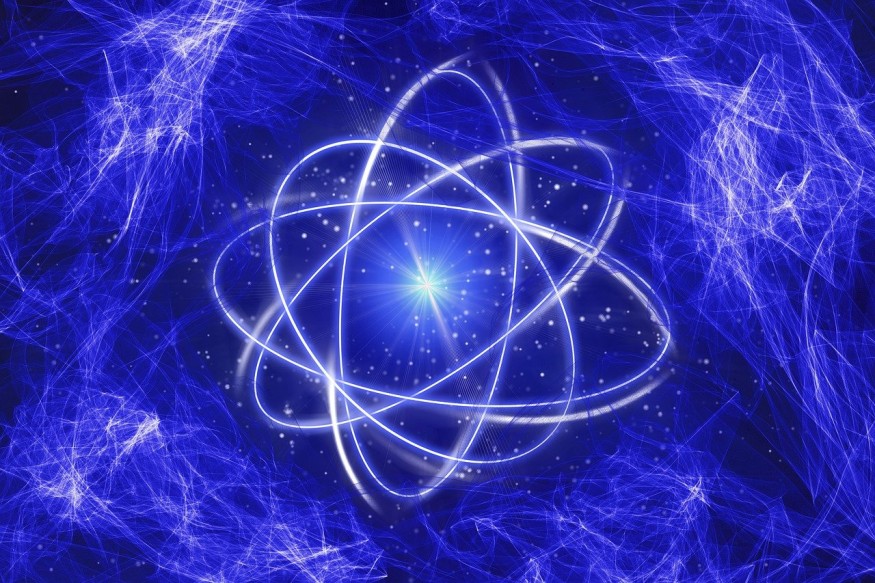All matter consists of atoms comprising protons, neutrons, and electrons, forming molecules that serve as fundamental matter components. These particles are held together by chemical energy.
The traditional five states of matter encompass everything in the universe that occupies space and has mass. There are more states beyond these, including four naturally occurring ones and others produced briefly under extreme lab conditions.

Solid, Liquid, and Gas
In a solid, particles are densely packed and relatively immobile, with atoms exhibiting minor vibrations while maintaining fixed positions, resulting in low kinetic energy. Solids possess a specific shape, mass, and volume and retain their form regardless of the container. They are characterized by high density due to close particle packing.
Liquids, in contrast, feature particles arranged more loosely than solids, allowing them to flow past each other, adapting to the container's shape and lacking a fixed form. Like solids, liquids are resistant to compression and often have lower density than solids.
In gases, particles are widely spaced and possess high kinetic energy. Gases lack a specific shape or volume, expanding to fill their containers if confined. When subjected to pressure, such as by volume reduction, gas particles compress as the interparticle space decreases.
Plasma
In recent times, scientists have been delving into the study of matter under extreme conditions resembling those on the Sun or during space re-entry. These conditions cause significant changes in atoms, leading to the creation of positively charged ions, as electrons break free from their orbits around the nucleus.
This combination of neutral atoms, free electrons, and charged ions is known as plasma, recognized as a "fourth phase" of matter due to its unique characteristics.
Plasma shares similarities with liquids and gases in terms of its fluid-like properties, but it stands out due to its ability to both interact with and create electromagnetic forces, driven by the presence of charged particles.
Scientists employ fluid dynamics equations like the Boltzmann equations, which encompass not only standard fluid forces but also electromagnetic forces, as described by the Navier-Stokes equations. NASA is actively involved in research aimed at harnessing plasmas for ion propulsion systems.
READ ALSO : Fractals: The Strange State of Matter that Guide Physicists to Solve Problems, Origins of the Universe
Bose-Einstein Condensate
A Bose-Einstein condensate (BEC) forms when a group of atoms is cooled to extremely low temperatures, close to absolute zero. At such temperatures, the atoms have very little relative motion and minimal free energy. They start to clump together, occupying the same energy states, effectively becoming indistinguishable and behaving collectively as if they were a single atom.
Creating a BEC typically begins with a cloud of diffuse gas, often using rubidium atoms in experiments. Laser cooling is employed to remove energy from the atoms, and evaporative cooling is utilized to achieve even lower temperatures.
Unlike a solid, BECs do not form a lattice structure. Instead, the atoms occupy the same quantum states and cannot be told apart. This leads to the application of Bose-Einstein statistics, commonly used for particles that are indistinguishable, such as photons.
Other Phases of Matter
Scientists have created various exotic states of matter under extreme conditions. In May 2023, they generated a "bosonic correlated insulator," and in 2021, "superionic ice," a novel form of water.
Liquid glass, an intermediate between a solid and a colloidal substance, occurs during the transition between liquid and solid states. Time crystals, initially proposed in 2012, allow cycling between two energy states without energy loss.
Fermionic condensates, sister phases of Bose-Einstein condensates, are superfluids consisting of fermions. Coaxing fermions to pair up by cooling them significantly creates this unique matter phase.
RELATED ARTICLE
: New Exotic State of Matter 'Tetraneutron' Confirmed, Second of Chargeless Elements in Neutron Chart Discovered
Check out more news and information on Chemistry in Science Times.
© 2025 ScienceTimes.com All rights reserved. Do not reproduce without permission. The window to the world of Science Times.












